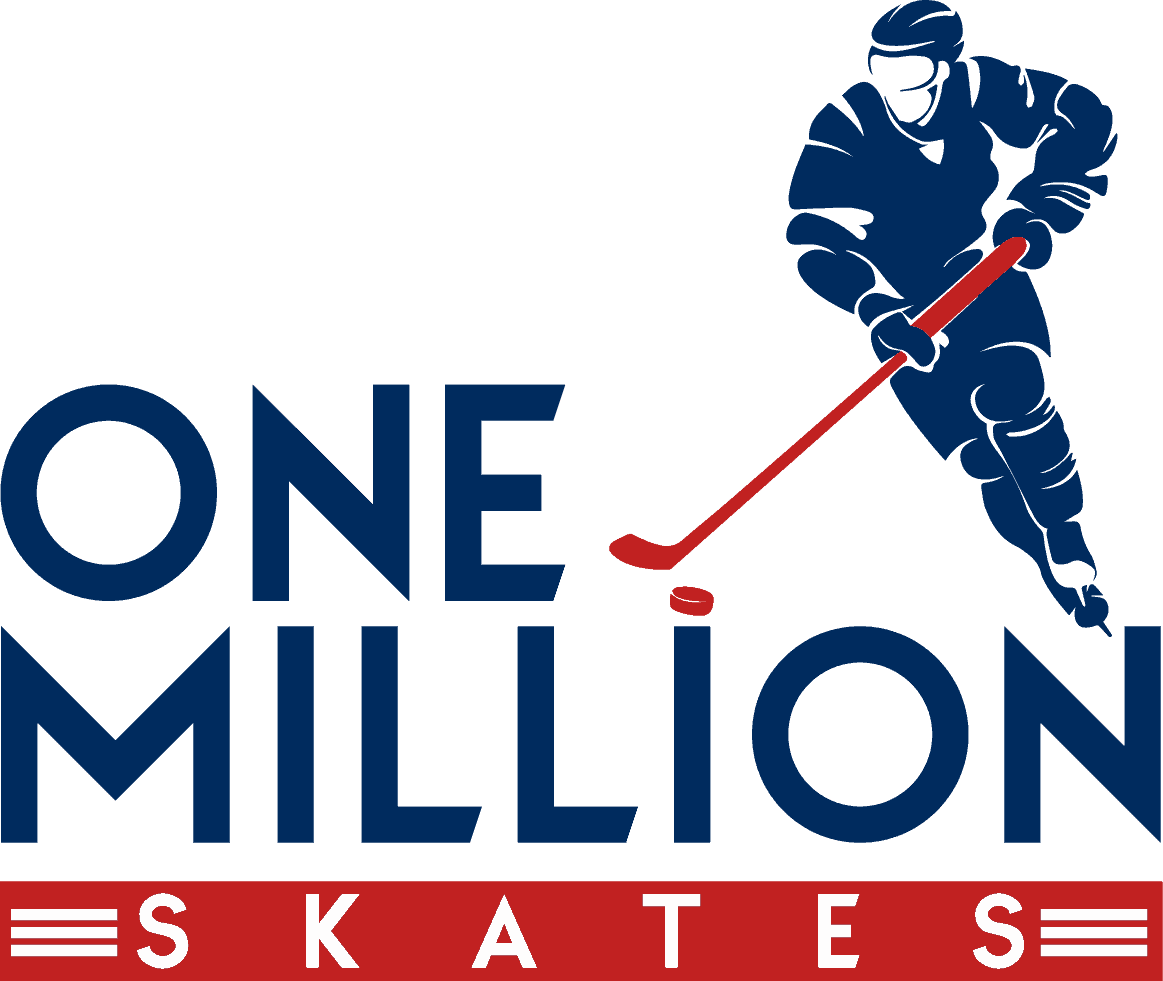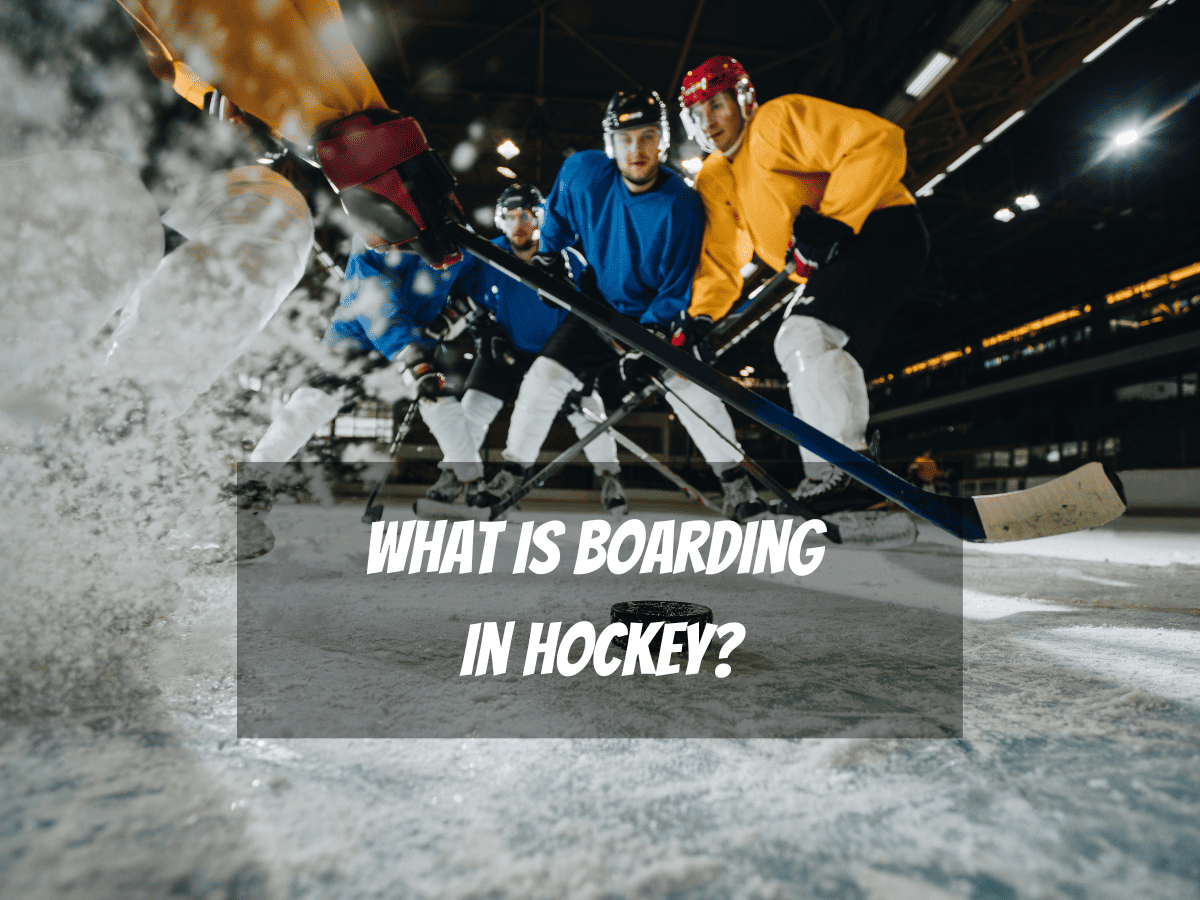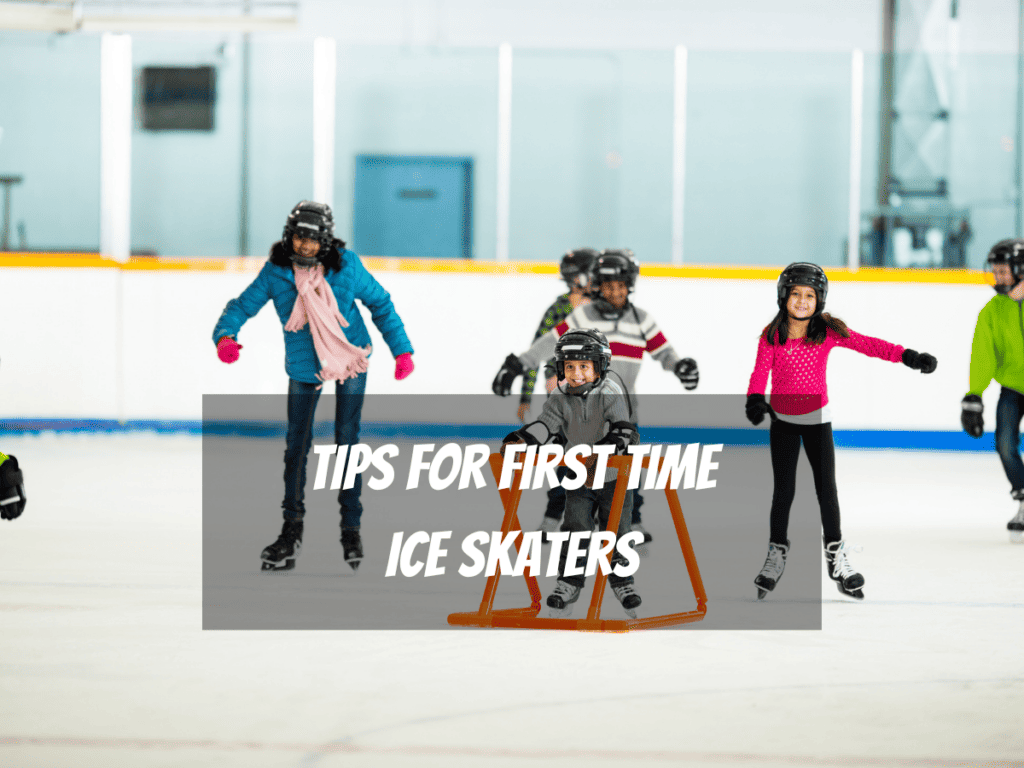Boarding in hockey is a serious offense that involves intentionally pushing or checking a defenseless player into the boards with excessive force. It's considered one of the most dangerous actions in the sport, often leading to severe injuries.
In this comprehensive guide, we explore the definition, rules, penalties, and everything you need to know about boarding in hockey.
What Does Boarding Mean In Hockey?
Boarding in hockey refers to intentionally pushing, tripping, or body-checking a defenseless and unaware opponent into the boards surrounding the rink. Unlike standard body checking, which is legal, boarding is considered illegal and dangerous.
The victim of a boarding incident usually cannot see the check coming or prepare for the contact, making them highly vulnerable.
The Difference Between Charging And Boarding In Hockey
Understanding the difference between charging and boarding in hockey is essential for players and fans. While both involve aggressive physical contact, they are distinct in their execution and intention.
Boarding In Hockey
As mentioned, boarding in hockey is when a player violently checks a defenseless opponent into the boards. The victim often has their back to the checking player or no longer has a play on the puck.
Charging In Hockey
Charging, on the other hand, can take place on open ice or along the boards. It is a violent hit resulting from "distance traveled," such as taking three or more strides and deliberately slamming into another player.
The critical difference between charging and boarding in hockey lies in the location and intention of the hit. While boarding specifically involves the boards, charging can occur anywhere on the ice.
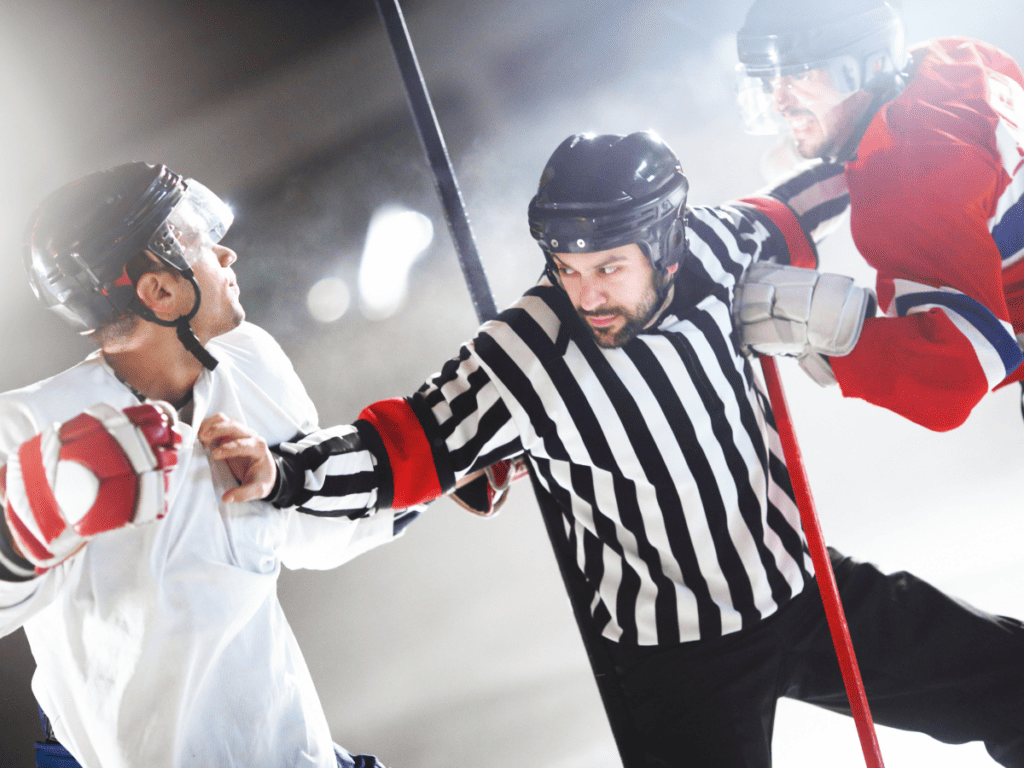
The Difference Between Checking And Boarding In Hockey
Boarding and checking in hockey are both physical actions, but they differ significantly in intent and legality. A body check is a legal play where a player uses their body to separate an opponent from the puck, often using the shoulder or hip.
It's a strategic move that's integral to the game. On the other hand, boarding is an illegal action where a player intentionally pushes or checks an opponent into the boards violently, especially when they are in a vulnerable position or unaware.
The force is excessive, and the intent is often to intimidate or injure rather than play the puck. Consequently, boarding carries significant penalties.
Consequences Of Boarding
Boarding in hockey is not just a violation of the rules; it's an act that can lead to severe injuries. From broken facial bones to head injuries, the consequences can be severe.
The forceful impact against the boards can cause immediate trauma, and the long-term effects can be even more devastating, affecting a player's career and quality of life.
The NHL and other hockey organizations have strict rules against boarding to maintain sportsmanship and protect players. These rules are enforced by referees trained to recognize and penalize boarding.
The overarching goal is to preserve the integrity of the game while ensuring that players can compete in a safe environment.
Are You Looking To Unleash Your Inner Hockey Player?
You may be a seasoned player moving to the next level, a novice, or a fan trying to understand the game.
Do you want to know what tripping or charging is in hockey, how to find the best seats at a hockey game, or discover some fresh chirps for your next game?
We have the answers to these and many more questions.
What Are The Boarding Penalties?
Minor Penalty For Boarding
A minor boarding penalty is often assessed when the hit is not too hard or if the referee deems it unintentional. This penalty results in a two-minute removal from the game, which ends if the opposing team scores.
The referee's priority is player safety, and even a minor boarding incident has the potential to injure and must have consequences.
Major Penalty For Boarding
However, if the boarding action is more aggressive or intends to harm the opposing player, the player can be handed a five-minute major penalty. If a player is injured, this will also result in a major boarding penalty.
A major boarding penalty takes the offending player out of the game for 5 minutes. Unlike with a minor penalty, the player must remain in the box for a full 5 minutes, even if the opposing team scores.
Game Misconduct For Boarding
A referee may decide to issue a game misconduct penalty which involves the suspension of the player or for the balance of the game.
Match Penalty For Boarding
The referee may also, at their discretion, assess a match penalty if the player recklessly endangers their opponent by boarding. Again, this involves removing the player from the balance of the game.
Such assessment of reckless endangerment shall be based on the severity of the infraction, the severity of the contact, and the degree of violence.
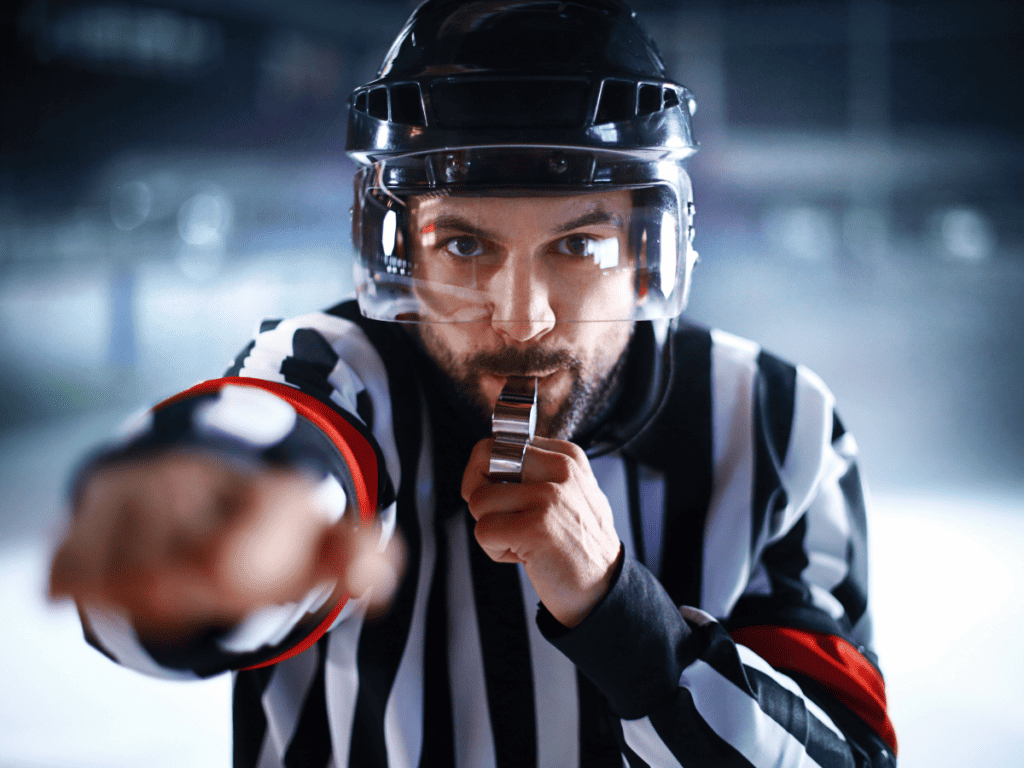
Official Rules And Regulations For Boarding In Hockey
The official rules on boarding in hockey are detailed and designed to protect players. Referees have the discretion to assess the severity of the hit and determine the appropriate penalty.
The highest degree of penalty is a match penalty, called if the boarding injures a player severely.
How To Protect Yourself From Boarding In Hockey
Protecting oneself from boarding in hockey requires awareness, proper positioning, and the right equipment.
Players should be mindful of their surroundings and avoid putting themselves in vulnerable positions near the boards. Appropriate protective gear, such as helmets and shoulder pads, is also crucial.
Conclusion - Boarding In Hockey
Boarding in hockey is more than just a rule violation; it's a critical issue that affects the safety and integrity of the game. The stringent regulations set by hockey organizations emphasize the sport's commitment to player welfare and fair competition.
By respecting these rules and fostering a culture of sportsmanship, we can continue to enjoy hockey's thrilling and strategic play without compromising the well-being of those on the ice.
